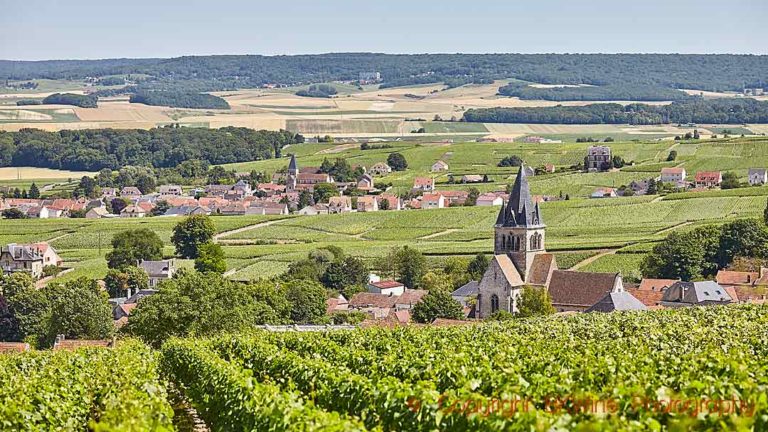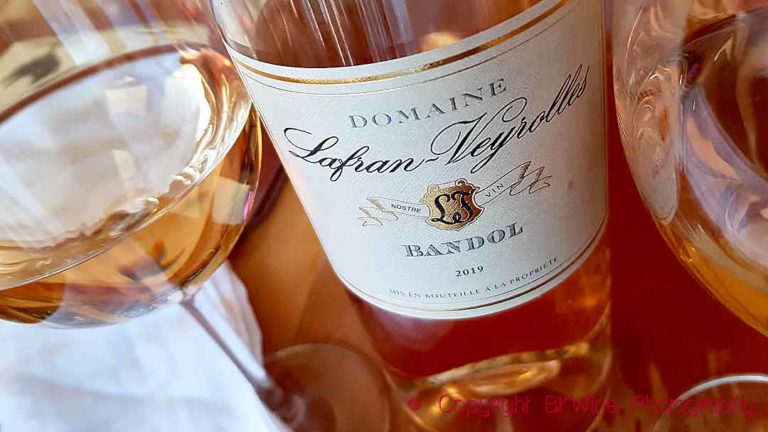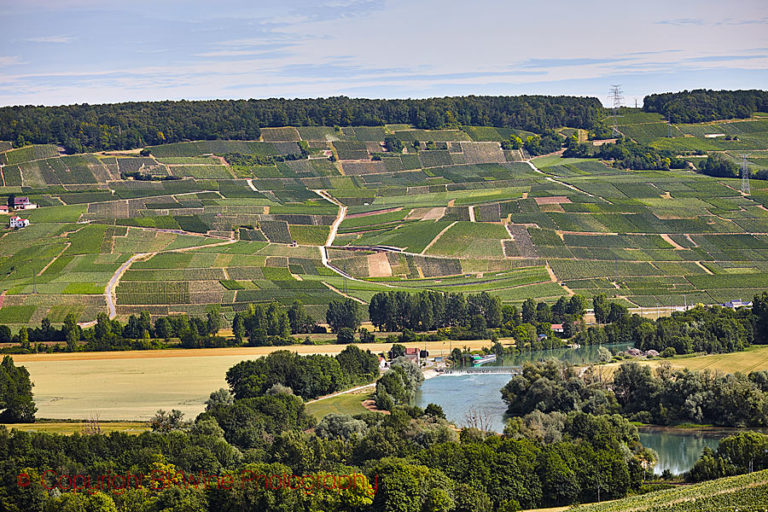For some years, France has seen its market share of wine sales decrease despite a growing total market. The decline has not affected the production and export of prestigious wines from established areas, but mainly concerned volume wines for the broad customer segments. (Vin de table)
One of the reasons for the current trend was, some said, the French wine laws, which, built strictly on geographic delimitations and traditions, restricted the French producers’ ability to produce and market wines more adapted to current consumer requirements. This has been one of the New World’s major competitive advantages.
An EU regulation introduced in 2009 laid the foundation for a common EU regulatory framework for different types of wines. For France this meant, among other things, that the existing AOC changed name to AOP (Appellation d’Origine Protégée) and vin de pays to IGP (Indication Géographique Protégée), but also that Vin De France was introduced replacing Vin de Table, but with some Important changes to the rules. Already earlier, the classification VDQS had disappeared, and France has thus since 2012 three levels of classification: AOP, IGP, and vin de france.
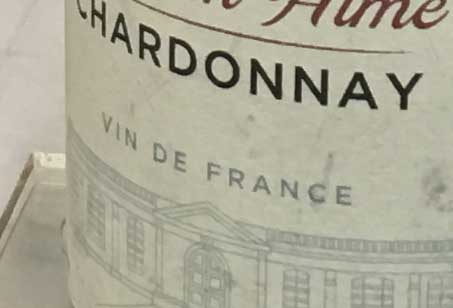
Vin de france, roughly speaking, has no other requirements than that the wine should be produced in France. It may be a made from a single variety or a blend of different grapes varieties. The wine may, if applicable, have grape variety and vintage mentioned on the label. A control system exists to ensure compliance with the rules.
The vin de france category gives producers new opportunities to mix grapes from different parts of France in the same wine. You can also mix in grape varieties that are not allowed within the AOP system. For example, use syrah in a “Bordeaux blend” produced in Bordeaux. [Editors note: But in such a case it is strictly forbidden to put “bordeaux” on the label!]
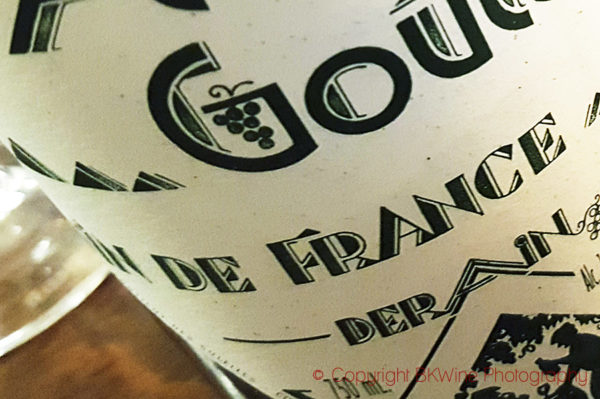
Increased experimentation is never a disadvantage in development work, and many prestigious producers can choose this route to produce new high-quality complements to their existing AOP treasures. It also provides new opportunities for young growers to break old patterns and try new styles.
However, the greatest opportunities lie in being able to tailor the wines after a certain market or consumer taste. Big producers get may more opportunities to rationalize their production while creating their own brands for different markets. The nose and taste of a brand wine can now be kept more consistent from year to year.
So what has happened in France since vin de france appeared on the market in 2010?
- The leading producer organizations have created ANIVIN de France as a marketing organization for the new category.
- About 750 producers today use the possibility to put the grape variety and the vintage on the label of vin de france.
- In 2016, vin de france accounted for 15% of France’s exports of non-sparkling wines.
- The biggest consumer countries are Great Britain, the Netherlands and Germany, which together account for more than 50% of exports (2016). China is growing rapidly, like the United States.
- Sweden’s 2% share of vin de france exports 2016 equates to about 3 million litres of wine.
- The most important grapes in vin de France are the internationally popular merlot, chardonnay, sauvignon blanc and cabernet sauvignon, which together account for almost 75% of the volume.
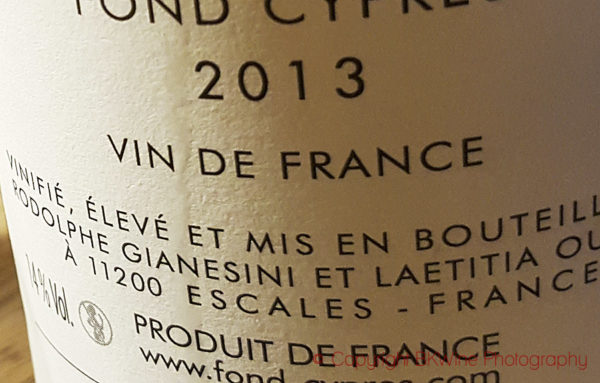
In order to promote vin de france, and also to promote high quality relative to the price, an annual tasting in Paris of vin de france has been created, under the supervision of the OIV. The tasting is judged by a panel consisting of 47 international wine experts from buyers and the trade, of which 3 are currently from Sweden.
In February 2017, this panel tested 460 wines from almost 100 producers and awarded 33 gold medals and 105 silver medals.
These 138 medal-winning wines have been appointed “ambassadors” for vin de France in 2017.
On April 26, 2017, ANIVIN invited wine writers and bloggers to a Master Class on vin de France.
Valerie Pajotin, CEO of ANIVIN, gave background and facts. After that, Laurent Delaunay, president of the same organization, led a tasting of nine of the 138 ambassador wines. The wines were chosen to represent different types and styles of wine de France, but are not currently represented in Sweden.
I can add that two of the wines that were tasted came from M. Delaunay’s wine house, Badet Clement & Cie.
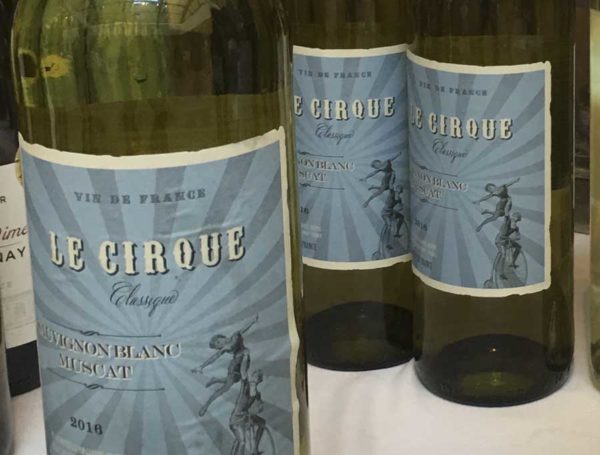
“Bélénos” Sauvignon Blanc 2016
Les Vignobles Gayrel, southern France
Well-made, typical Sauvignon Blanc, mineral. Gold medal
“Doudet Naudin” Chardonnay 2016
SADEV Doudet Naudin, Burgundy
A blend with fruit from different parts of France. Peach, roasted nuts, well-integrated oak, good balance, Burgundy style. Gold medal
“La Belle Angèle” Syrah 2016
Badet Clément & Cie
Languedoc-grapes. Trendy rosé. Grapefruit on the nose, fresh good acidity and fruit. Goes well as aperitif. Gold medal
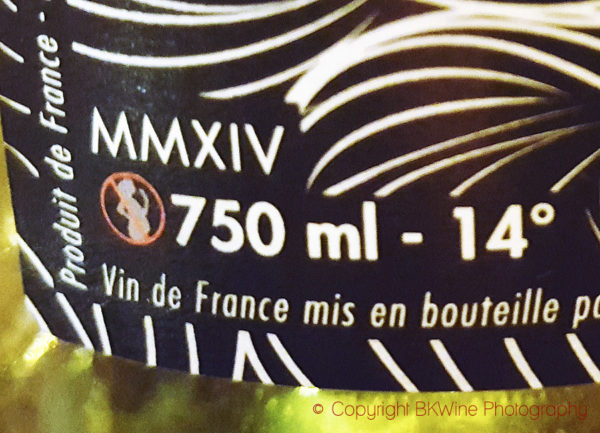
“Café du Midi” Merlot 2016
Cie Rhodanienne-Taillan, southern Rhône
Nose of dried tomatoes, black currants and cedar. Soft and fruity wine. Gold medal
“Pinot Noir d’Autrefois” Pinot Noir 2015
Cie des Vins d’Autrefois
Scent of raspberries and strawberries, spicy. Good acidity, some oak, good structure. Silver Medal
“Alain de la Treille” Cabernet Franc 2015
SA Bougrier
Nose of red berries, black currants. Good acidity and soft tannins. Grape typical. Gold medal
“Répertoire” Syrah 2016
Les Domaines Auriol
Scent of dark berries. Full-flavoured with young tannins. Some pepper spice. Silver Medal
“Maison de la Villette” 2015
Grenache 50%, Syrah 30%, Mourvèdre 20%
Badet Clément & Cie
Scent of dark berries, garrigue spices, warm, pure fruit, integrated tannins. Would go well with stews. Silver Medal.
Badet will also make a malbec-carignan version.
“Big Red Beast” Alicante Bouschet (*) 2016
LGI Languedoc Wines, Carcassonne
Strong dark colour, scent of dark berries, leather. Pure fruit flavour with warmth and some sweetness. Interesting grape, see below. Gold medal.
After the tasting, we had the opportunity to try another 14 wines out of the 138, some already represented on the shelves of Systembolaget.
Of these, I particularly liked:
SA Bougrier’s “Aimé Boucher – Le Bien Aimé” Chardonnay 2016, with a “fat” grape-typical flavor.
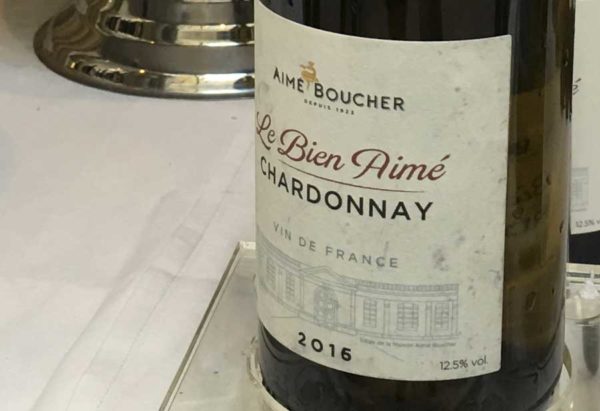
“Seaside Cellars” Sauvignon Blanc 2015 from Wineforces had a nice freshness and pure fruit, a treat to the pikepearch or a perch with lemon.
The Bélénos brand from Gayrel was also on display in a variant made with a grape called braucol, a grape from southwestern France that goes under many names. Fer servadou is more common. The grapes are dark and relatively concentrated. The wine had a strong taste with young tannins and a little too high residual sugar for my taste, but it could work well with a grilled red piece of meat.
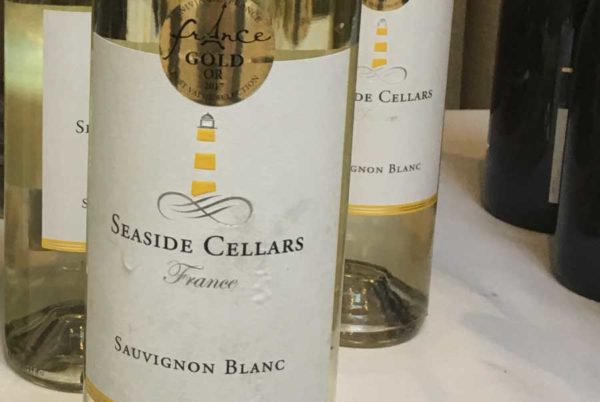
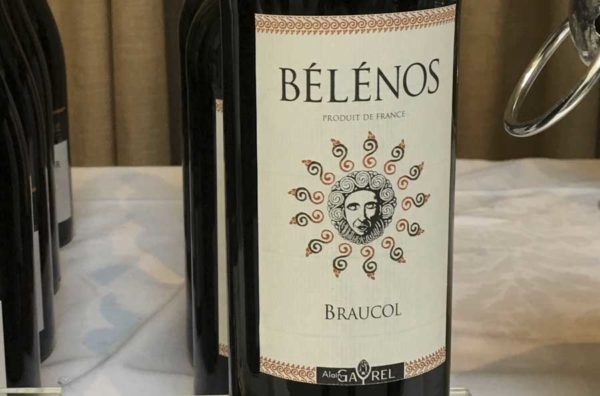
Francois Lurton’s brand “Les Fumées Blanches” has some fresh and food-friendly wines from Sauvignon Blanc and Sauvignon gris, albeit with high residual sugar (5-6 g / l).
An entry level pinot noir from Bouchard Ainé Pinot Noir with a good balance between acid and fruit, and another good pinot noir with fine structure from another well-known producer Patriarche Pinot Noir from 2015, unfortunately not yet in Sweden.
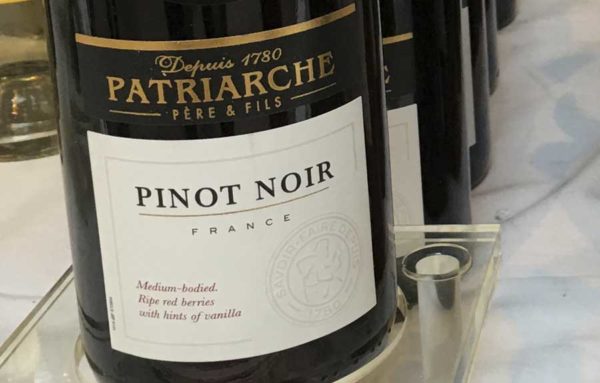
In summary, the wines exhibited a palette of well-made wines and interesting experiments with unusual grapes and grape blends that gave me a number of new flavour experiences.
Some wines appeared to be made to appeal to the audience who likes a relatively high residual sugar in their wines, and that’s a preference that can be discussed at another occasion.
An interesting observation was that the white Alsace grapes were very sparingly represented among the grapes used in the vin de france wines as far as I could see in the catalogue of the 138 medals. Too small volumes? [Editor’s note: It is likely that it is due to the Alsace producers opposing other region using “Alsace” grapes. Thanks to their pressure, producers are forbidden to use certain Alsace grapes on vin de France labels for a number of years to come. French regional protectionism in its full glory.]
In the wake of all development and innovation, there is always a tail that tries to exploit the “possibilities” of the new regulations in an improper or unethical way. Let’s hope that ANIVIN can overcome attempts to abuse the system.

Thanks to Systembolaget’s quality requirements and control of the volume wines, I think that the risk of a flood of less good wines is quite small in Sweden. On the other hand, the consumers who buy wine in the vin de france category must get used to finding favourites among producer names and brands rather than by region and wine type. Open field for your own experiments, not least through online shopping that can grow further with this type of wines.
(*) Alicante bouschet is a “teinturier” grape (“colourant”, so called because the flesh of the grape is coloured). The grape was developed as a cross between petit bouschet and grenache made by Henri Bouschet in the 1880s. In Spain the grape is called garnacha tintorera.
Prior to Henri, his father, Louis, had worked on producing grapes with coloured flesh to add colour to wines made mainly from aramon, a pale grape. In 1828 he succeeded in crossing aramon with teinturier du cher, which was then called petit bouschet.
Alicante bouschet has been a very important grape in Roussillon in France, but began to decline in popularity in the 20th century when the focus began to shift from quantity to quality in southern France.
Carl-Erik Kanne is a long time wine enthusiast and fervent wine taster. He reports from wine tastings and wine events in Stockholm for BKWine Magazine.


